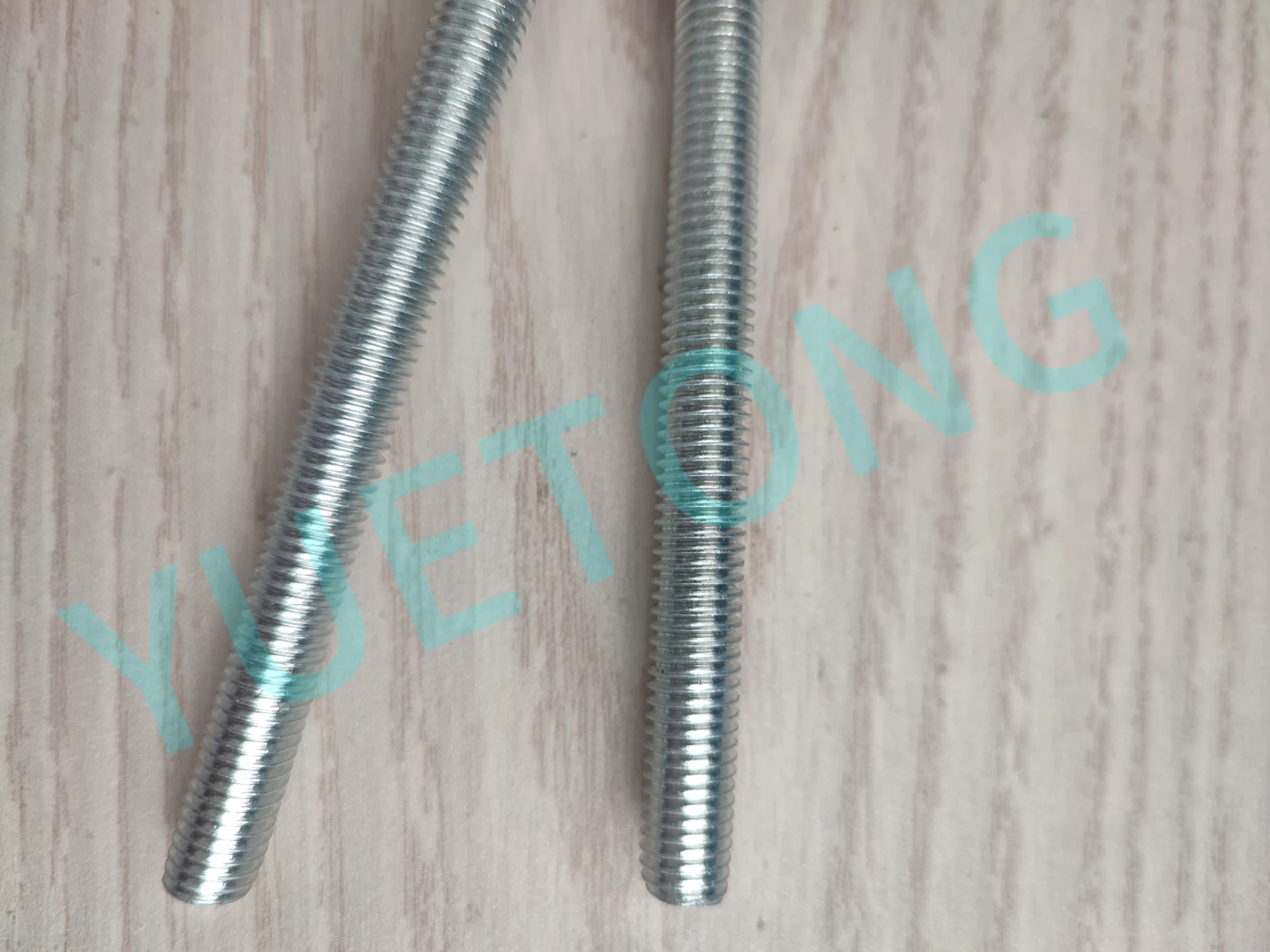Nov . 08, 2024 09:05 Back to list
M16 Anchor Bolt Size Specifications and Related Dimensions Overview
Understanding M16 Anchor Bolt Dimensions
Anchor bolts are essential to the construction industry, providing a secure means of anchoring structures to concrete foundations. The M16 anchor bolt is a common size used in various engineering and construction applications. In this article, we will delve into the dimensions, specifications, and applications of M16 anchor bolts, ensuring you have a comprehensive understanding of this crucial component.
What is an M16 Anchor Bolt?
The designation M16 indicates a metric bolt with a 16 mm nominal diameter. The M denotes that it is a metric screw thread, typically adhering to the ISO (International Organization for Standardization) standards. Anchor bolts like the M16 are often used to fix various structures, including structural steel, machinery, and precast concrete elements, to a concrete base.
Dimensions of M16 Anchor Bolts
The dimensions of an M16 anchor bolt comprise several critical aspects
1. Diameter The M16 bolt has an outer diameter of 16 mm. This measurement is crucial for determining the size of the hole that must be drilled into the concrete for the bolt.
2. Length M16 anchor bolts come in various lengths, typically ranging from 100 mm to 300 mm or more. The length required will depend on the application and the thickness of the materials being anchored. It is essential to choose a length that allows for adequate embedment in the concrete.
3. Thread Pitch The standard thread pitch for an M16 bolt is 2.0 mm. This pitch indicates the distance between threads, affecting how tightly the bolt can be fastened and its load-bearing capacity. M16 bolts can also come in finer pitch options depending on specific requirements.
4. Head Type Anchor bolts can feature different head types, such as hex head, square head, or even custom designs. The head type influences the method of installation. Hex head bolts are commonly used because they can be easily tightened using a wrench.
5. Shank Diameter While the nominal diameter is 16 mm, the effective or shank diameter may differ slightly due to the threads. This detail is significant when determining the load capacity and the friction grip provided by the bolt in concrete.
Material and Coating Options
M16 anchor bolts are typically made from various materials depending on the environmental conditions they will be exposed to. Common materials include
- Carbon Steel Most M16 bolts are manufactured from carbon steel, providing excellent strength
. They can be hot-dipped galvanized or zinc-plated for enhanced corrosion resistance.m16 anchor bolt dimensions

- Stainless Steel For applications in corrosive environments, stainless steel M16 bolts offer higher resistance to rust and degradation, making them suitable for marine applications and other harsh settings.
Load Capacity and Applications
The load capacity of an M16 anchor bolt varies based on its material, length, and embedment depth in concrete. It's crucial to consult manufacturer specifications or engineering standards to understand the load ratings. Typically, M16 bolts can handle significant loads, making them suitable for various applications
1. Structural Support M16 anchor bolts are widely used to secure structural steel frames, machinery, and equipment to concrete foundations in commercial and industrial settings.
2. Precast Concrete Applications In precast construction, these bolts are vital for anchoring components, contributing to the structural integrity of buildings and bridges.
3. Lightweight Structures They can also be employed in anchoring lightweight installations such as signage, guardrails, and fencing.
Installation Guidelines
Proper installation of M16 anchor bolts is critical to ensure safety and stability. Key steps include
- Drilling the Hole Use a hammer drill with the appropriate bit size to create a hole in the concrete that matches the required depth and diameter.
- Positioning the Bolt Insert the bolt into the hole and ensure it is aligned correctly with the structure being anchored.
- Securing the Bolt Tighten the nut on the bolt to the specified torque, ensuring a snug fit without over-tightening, which could lead to bolt failure.
- Inspection After installation, inspect the area for any signs of shifting or structural movement, ensuring that the anchor bolt is functioning as intended.
Conclusion
Understanding M16 anchor bolt dimensions and specifications is vital for anyone involved in construction or engineering. Properly selected and installed anchor bolts play a crucial role in ensuring the safety and stability of various structures. Whether you are seeking to understand the more technical aspects of these bolts or considering their application in a project, a firm grasp of their dimensions, materials, and load capacities will serve you well in achieving a successful outcome.


